10 Makeup Myths You Should Stop Believing
Misinformation about makeup is everywhere, leading to unnecessary worries and common mistakes in beauty routines. Many widely held beliefs about cosmetics are either outdated or simply untrue, yet they continue to influence how people approach makeup and skincare. By debunking these myths, you can make more informed choices, enhance your beauty regimen, and protect your skin’s health. For expert insights on makeup facts versus fiction, check out resources like Healthline and Allure.
1. Expensive Makeup Is Always Better
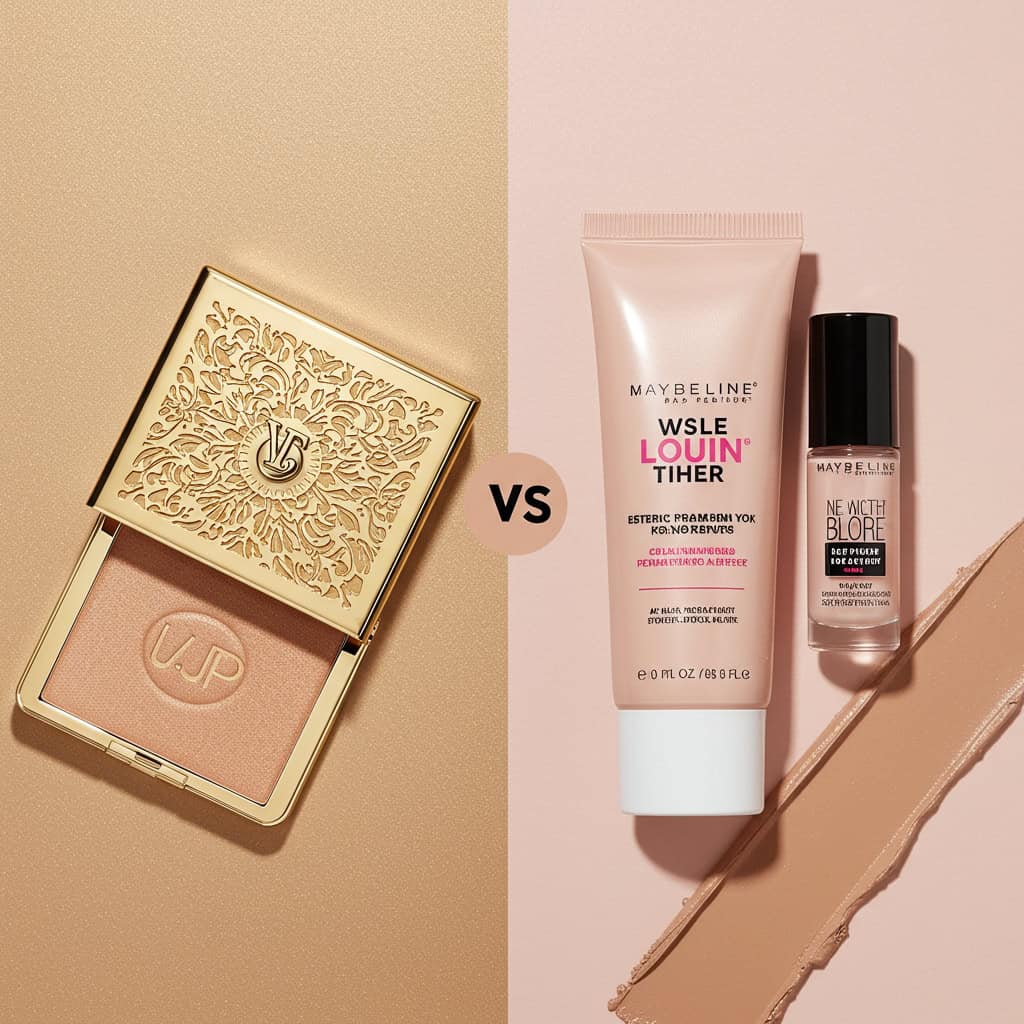
The belief that pricey makeup guarantees superior results is a common misconception. In reality, many drugstore brands use similar, if not identical, formulations to those found in luxury products. Makeup artists frequently praise budget-friendly items such as Maybelline Fit Me Foundation and L’Oréal Voluminous Mascara for their impressive performance. These products have earned rave reviews from professionals and beauty editors alike. For a comprehensive list of affordable makeup favorites that rival high-end counterparts, explore this Allure review of top drugstore products.
2. Makeup Causes Acne
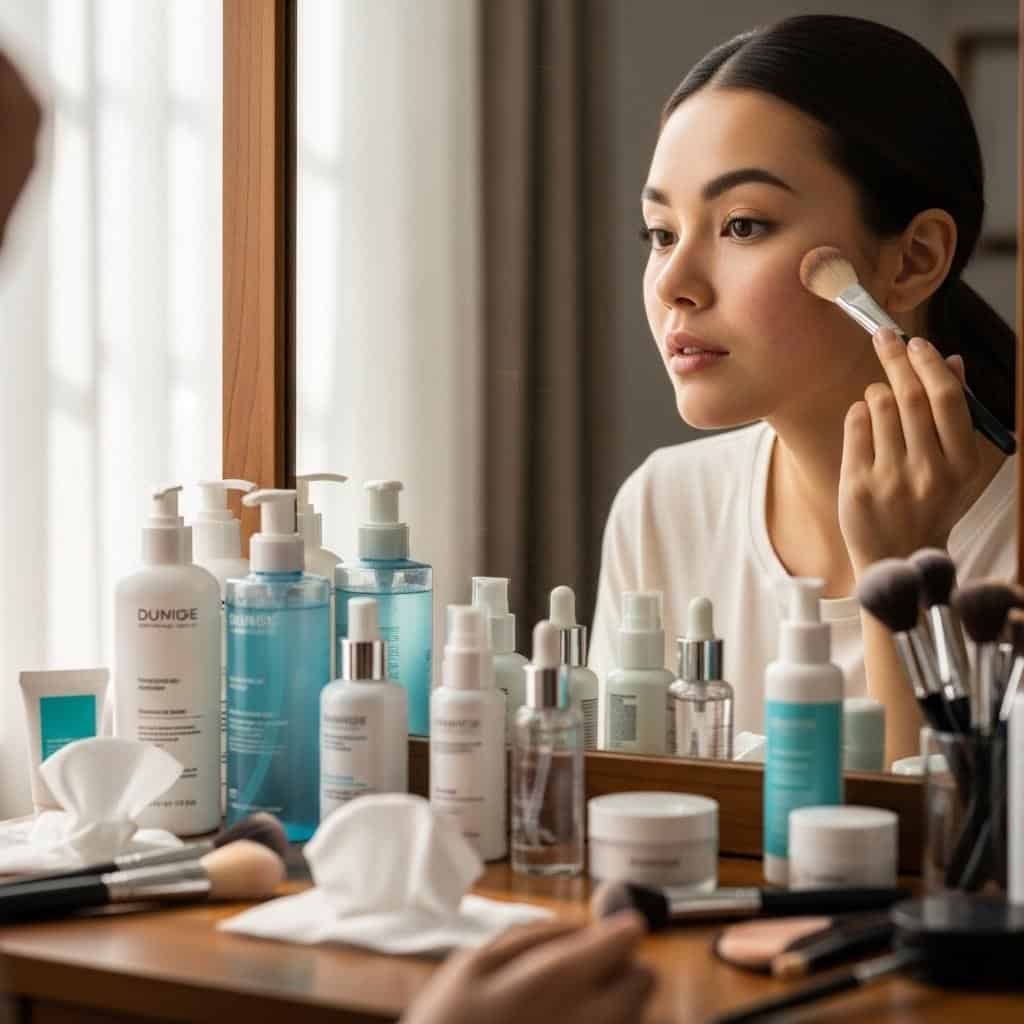
It’s a myth that all makeup leads to breakouts. Products labeled non-comedogenic are specifically formulated not to clog pores, making them suitable for acne-prone skin. The real culprits behind makeup-related acne are poor cleansing habits and using products that don’t match your skin type. Consistently removing makeup before bed and choosing appropriate formulas helps prevent breakouts. The American Academy of Dermatology provides helpful tips on choosing and using makeup to avoid acne and maintain healthy skin.
3. You Don’t Need Sunscreen Under Makeup
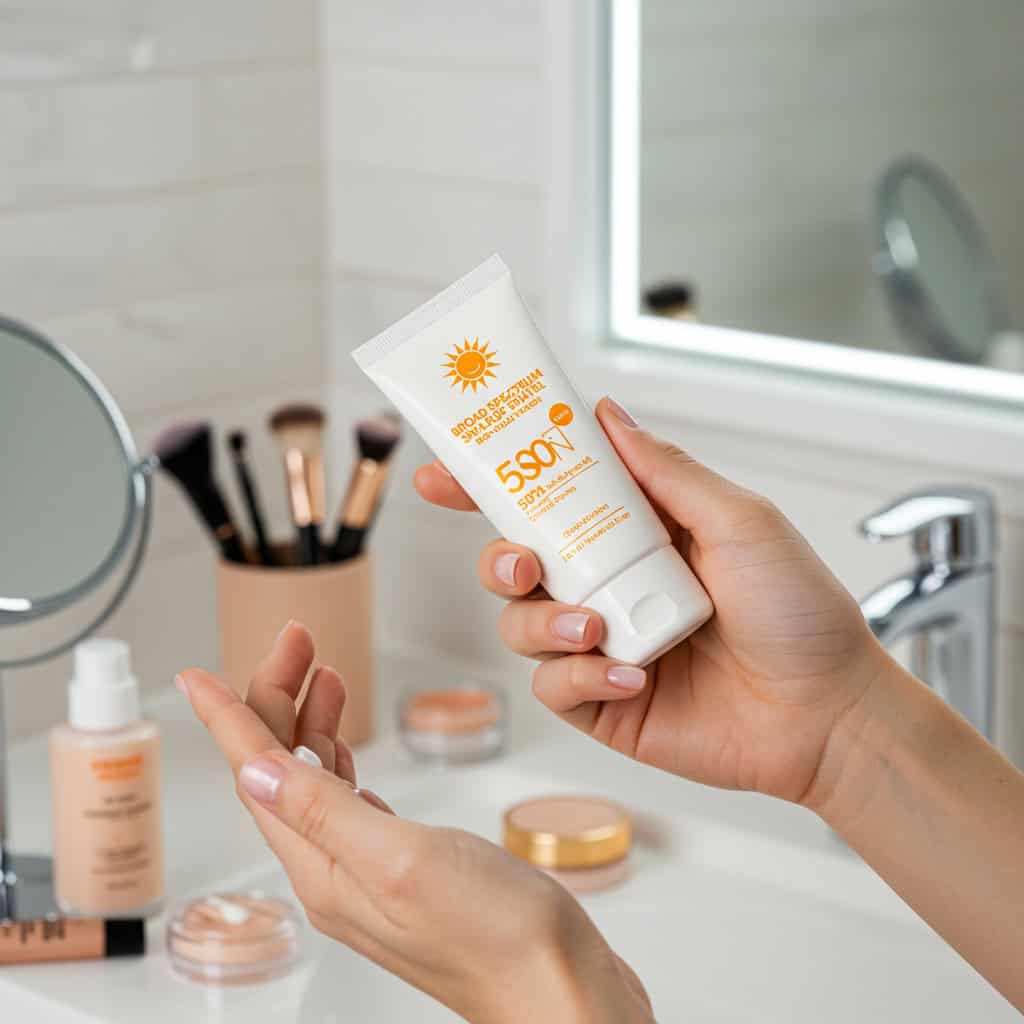
Many believe that makeup with SPF offers sufficient sun protection, but most cosmetics don’t provide adequate coverage or require far more product than is typically applied. Dermatologists recommend wearing a dedicated broad-spectrum sunscreen under your makeup every day, regardless of weather or season. This extra layer ensures your skin is shielded from harmful UV rays, reducing the risk of premature aging and skin cancer. The Skin Cancer Foundation strongly advises sunscreen as an essential step before applying any makeup.
4. Pumping the Mascara Wand Gets More Product
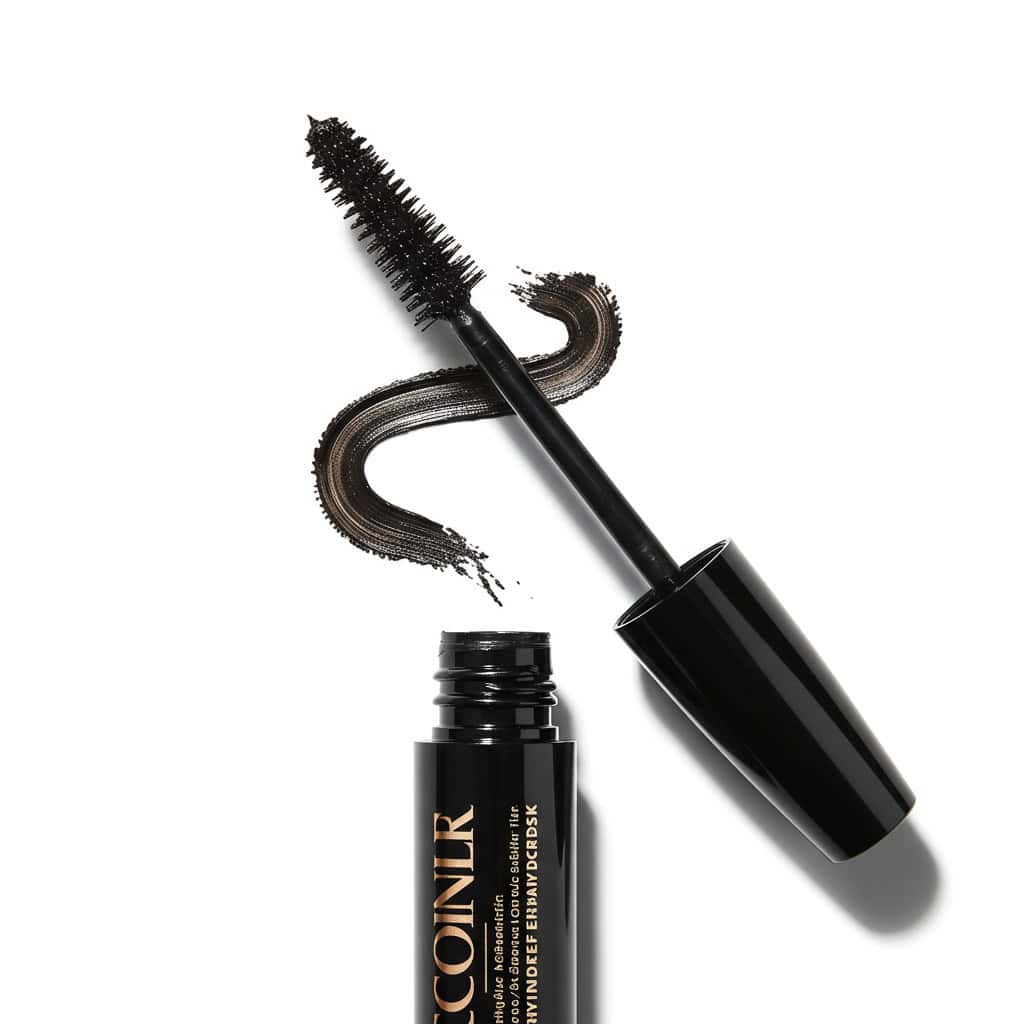
Pumping the mascara wand in and out of the tube is a common habit, but it doesn’t actually collect more product. Instead, this action forces air into the tube, which can dry out the mascara much faster and promote bacterial growth—potentially leading to eye irritation. To get more product on the brush, gently swirl the wand inside the tube. Experts at Healthline advise against pumping, recommending swirling to prolong mascara’s life and maintain its performance.
5. Makeup Expires Only When It Looks or Smells Bad
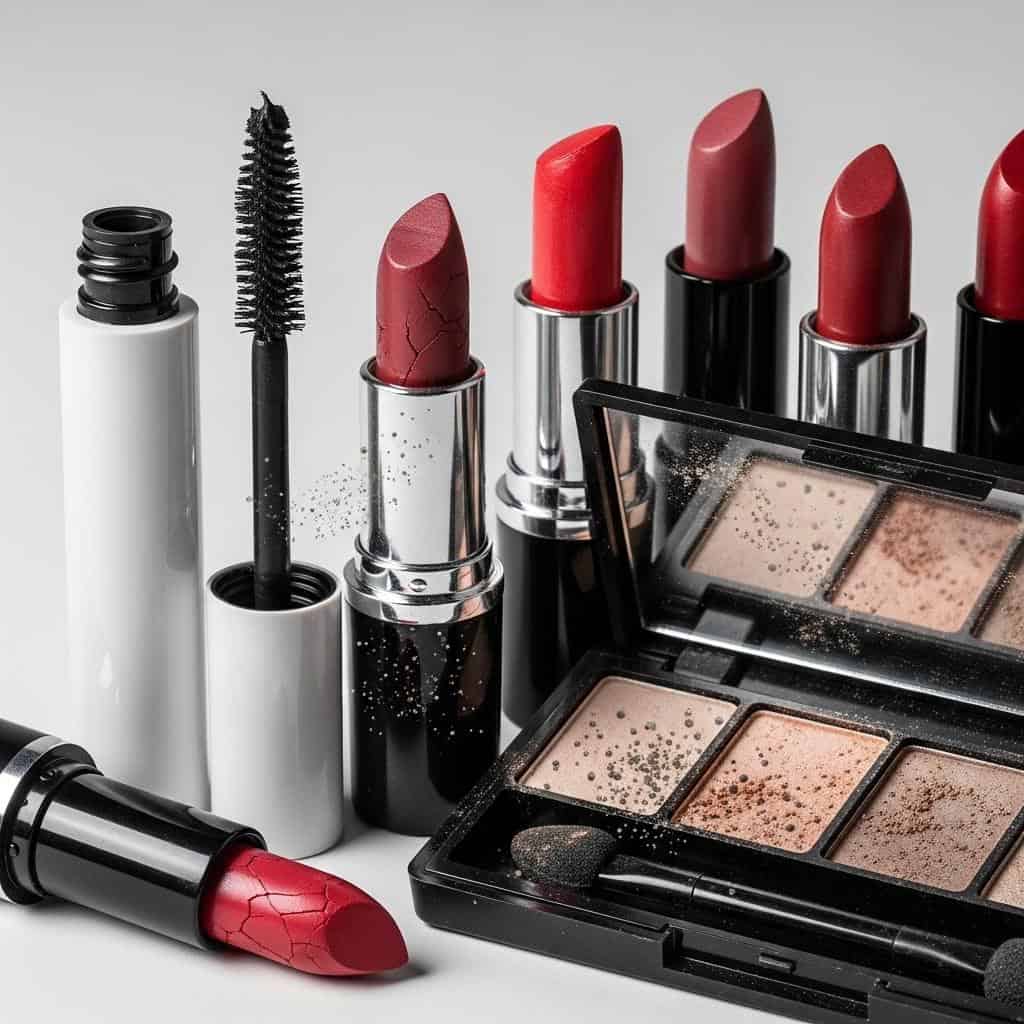
Many assume makeup is safe to use until it changes appearance or develops an odor, but cosmetics have specific shelf lives—often 6 to 24 months after opening. Even if a product seems fine, expired makeup can harbor bacteria, leading to skin irritation or infections. Regularly check expiration dates, especially for products used near the eyes and mouth. The FDA provides important guidelines on cosmetic expiration and the potential health risks of using products past their prime.
6. All-Natural Makeup Is Always Safer
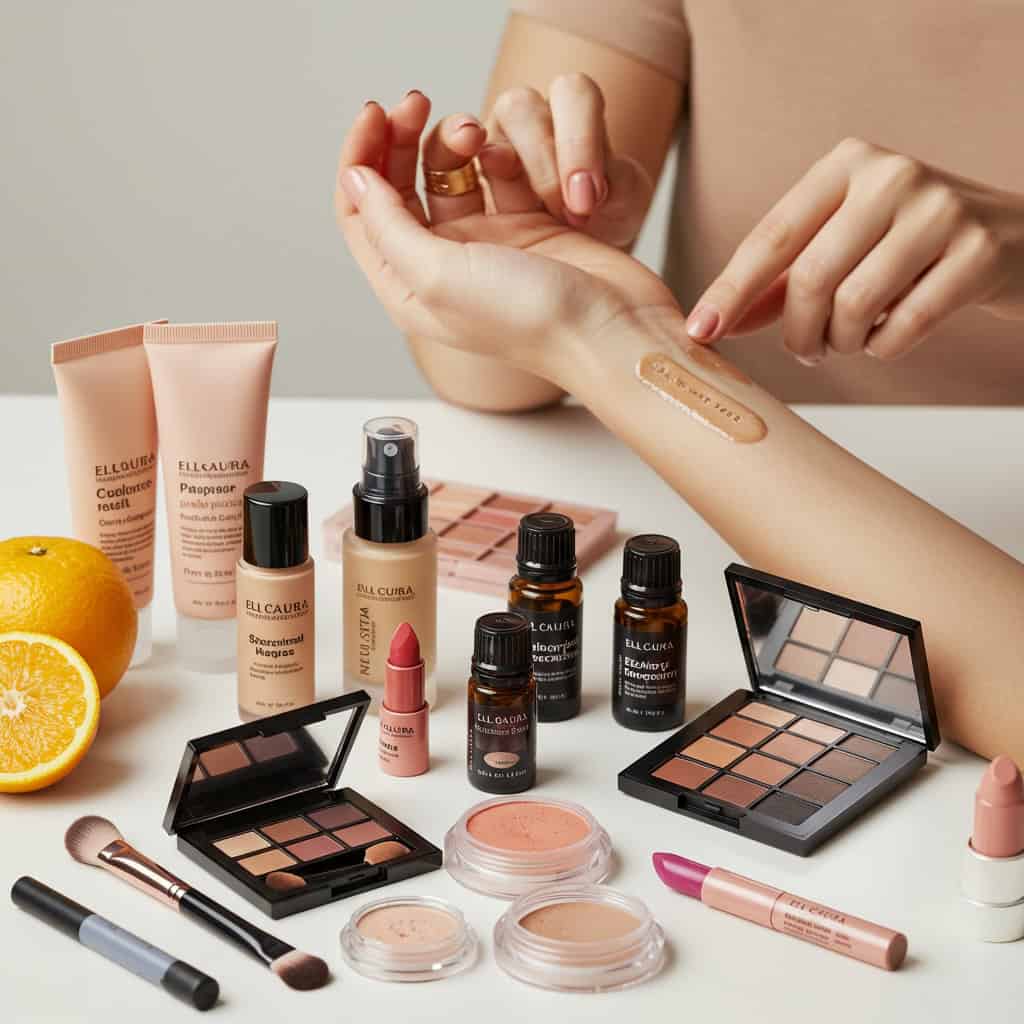
The term “all-natural” often implies safety, but natural ingredients can still cause irritation or allergic reactions. Substances like essential oils, citrus extracts, or plant-based fragrances are common triggers for sensitive skin. Conversely, many synthetic ingredients are carefully formulated for safety and stability. It’s important to check ingredient lists and patch-test new products rather than relying solely on “natural” claims. For more information on the risks and benefits of natural versus synthetic cosmetics, see the expert analysis from Harvard Health Publishing.
7. Foundation Should Be Tested on the Wrist or Hand
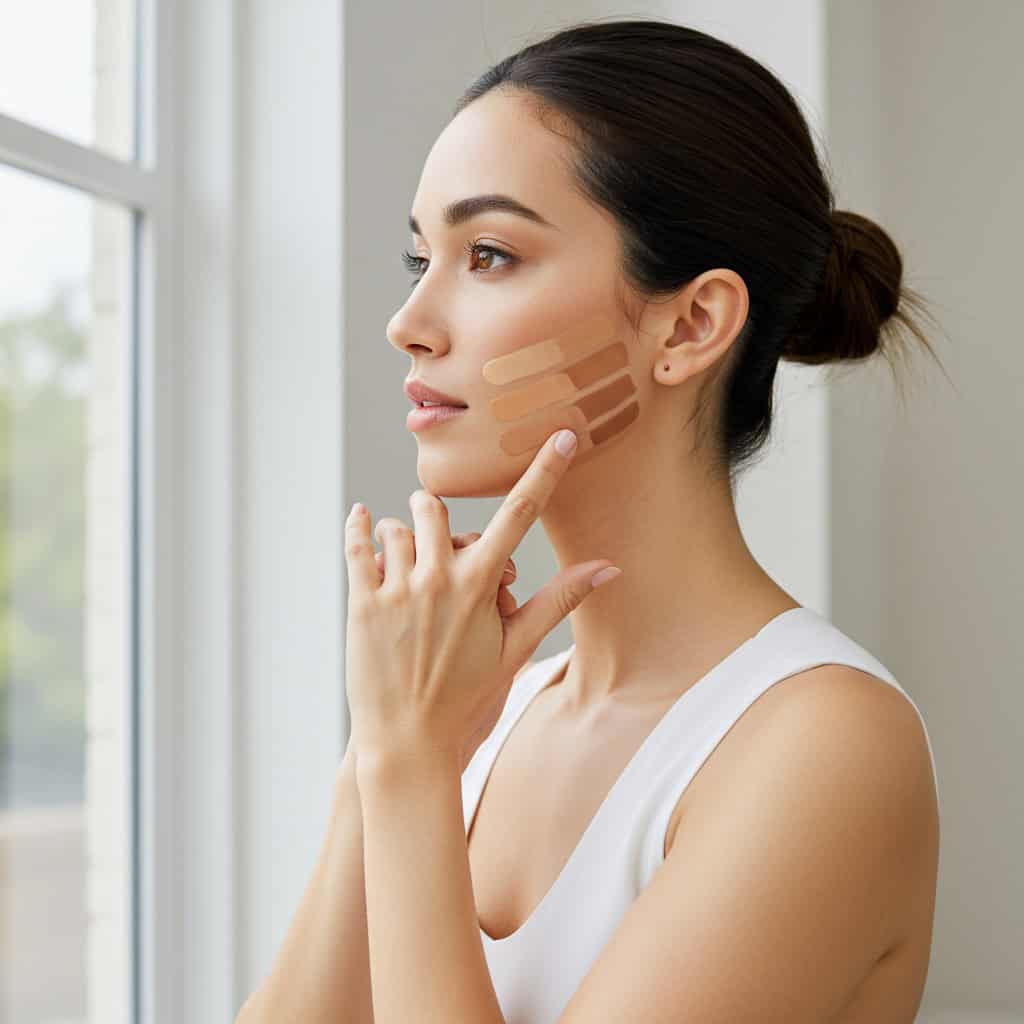
Many people test foundation shades on their wrist or hand, but these areas often have different undertones and pigmentation than the face. This can lead to selecting a mismatched foundation color. Experts recommend testing foundation along the jawline or the side of the face for a more accurate match that blends seamlessly with both your face and neck. For best results, check the color in natural light. Byrdie offers helpful tips and guidance on correctly shade-matching your foundation in their detailed article: How to Find the Right Foundation Shade.
8. Waterproof Makeup Is Always the Best Choice
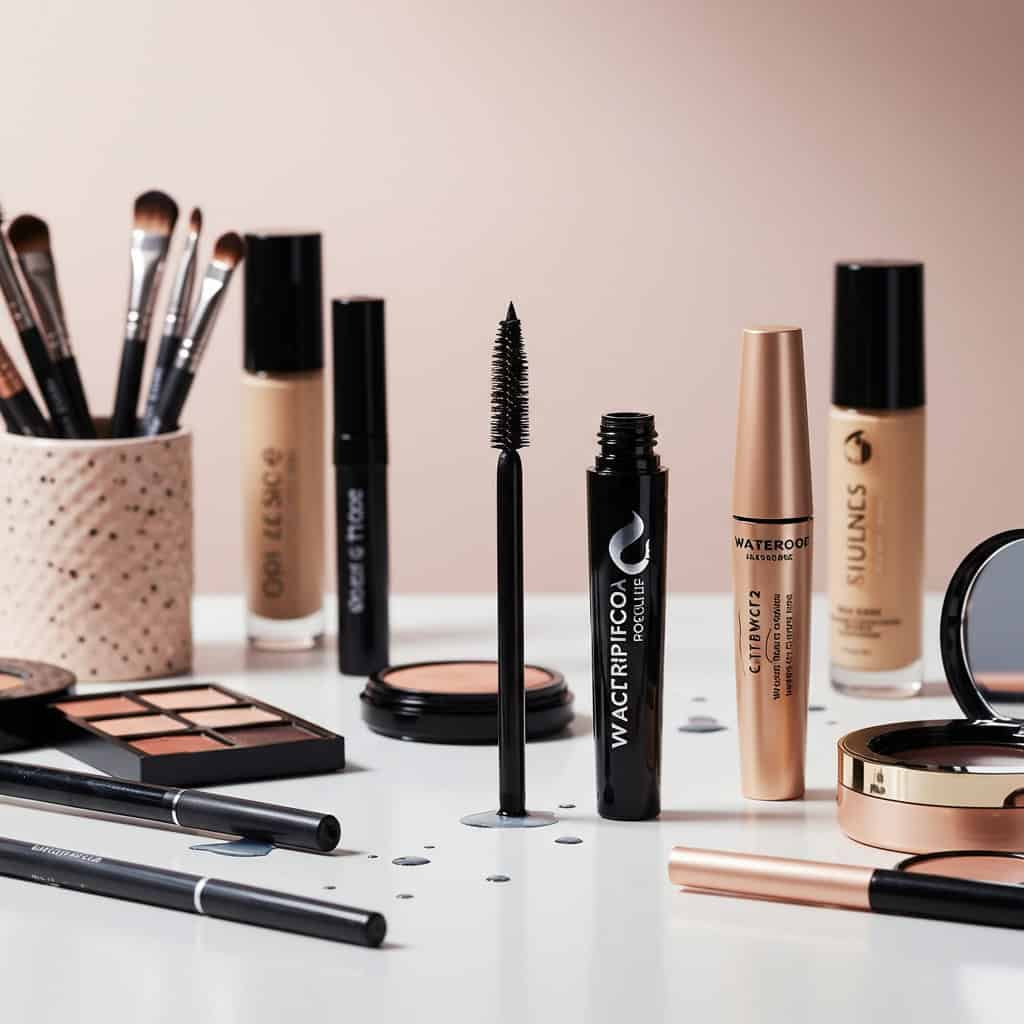
While waterproof makeup is invaluable for occasions like swimming, weddings, or humid conditions, it isn’t ideal for everyday wear. These long-lasting formulas can be harsh on the skin, often requiring aggressive removal methods that may strip natural oils and irritate sensitive areas, especially around the eyes. Over time, this can contribute to dryness or even lash breakage. Experts at the Cleveland Clinic suggest reserving waterproof products for special situations and using gentle, non-waterproof options for daily use to protect your skin’s health.
9. Makeup Prevents Skin From ‘Breathing’
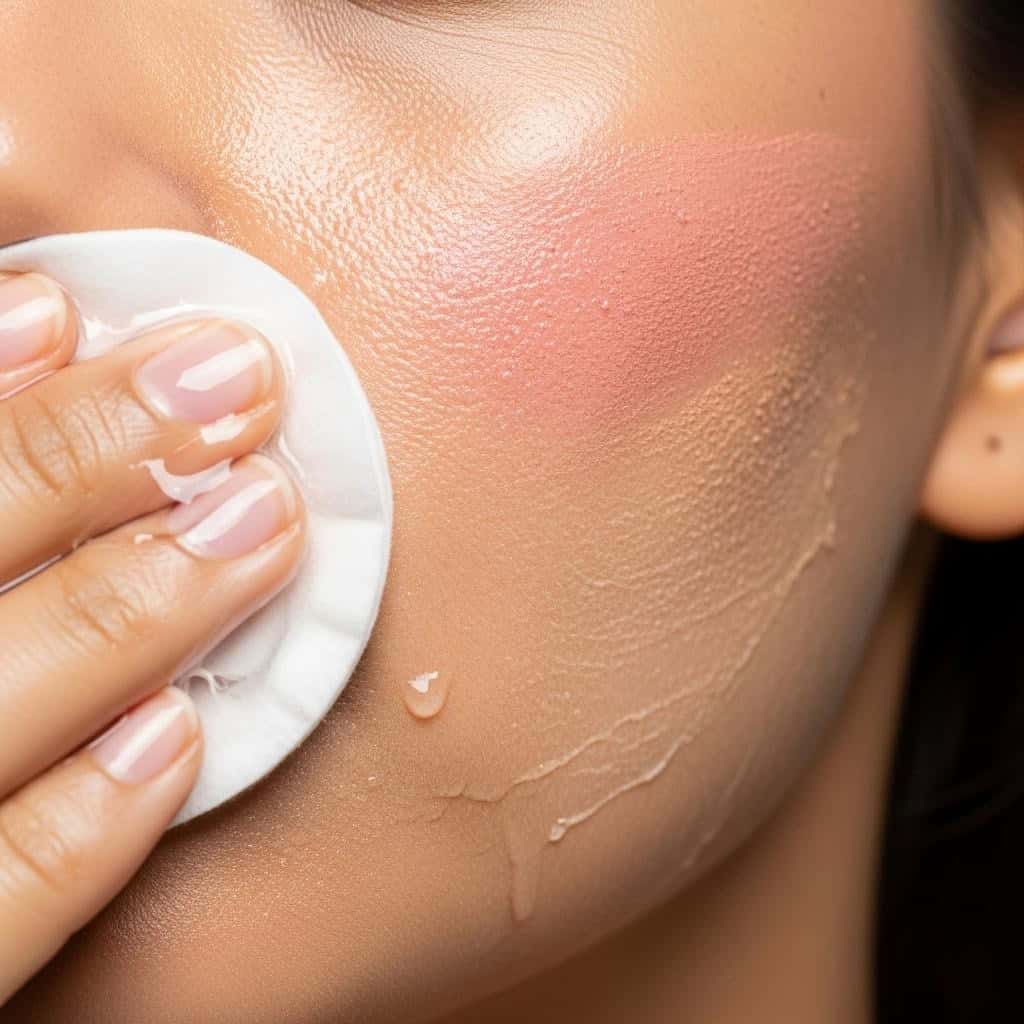
The idea that makeup suffocates your skin is a misconception. Skin doesn’t actually “breathe” as lungs do; instead, it absorbs nutrients and expels waste through cellular processes. Makeup sits on the skin’s surface and typically won’t cause harm when removed properly. Issues arise when makeup isn’t cleansed off thoroughly, which can clog pores and lead to irritation or breakouts. Maintaining a consistent cleansing routine is key to keeping skin healthy. For a scientific explanation, visit DermNet NZ on skin barrier function and care.
10. You Must Remove Makeup with Expensive Removers
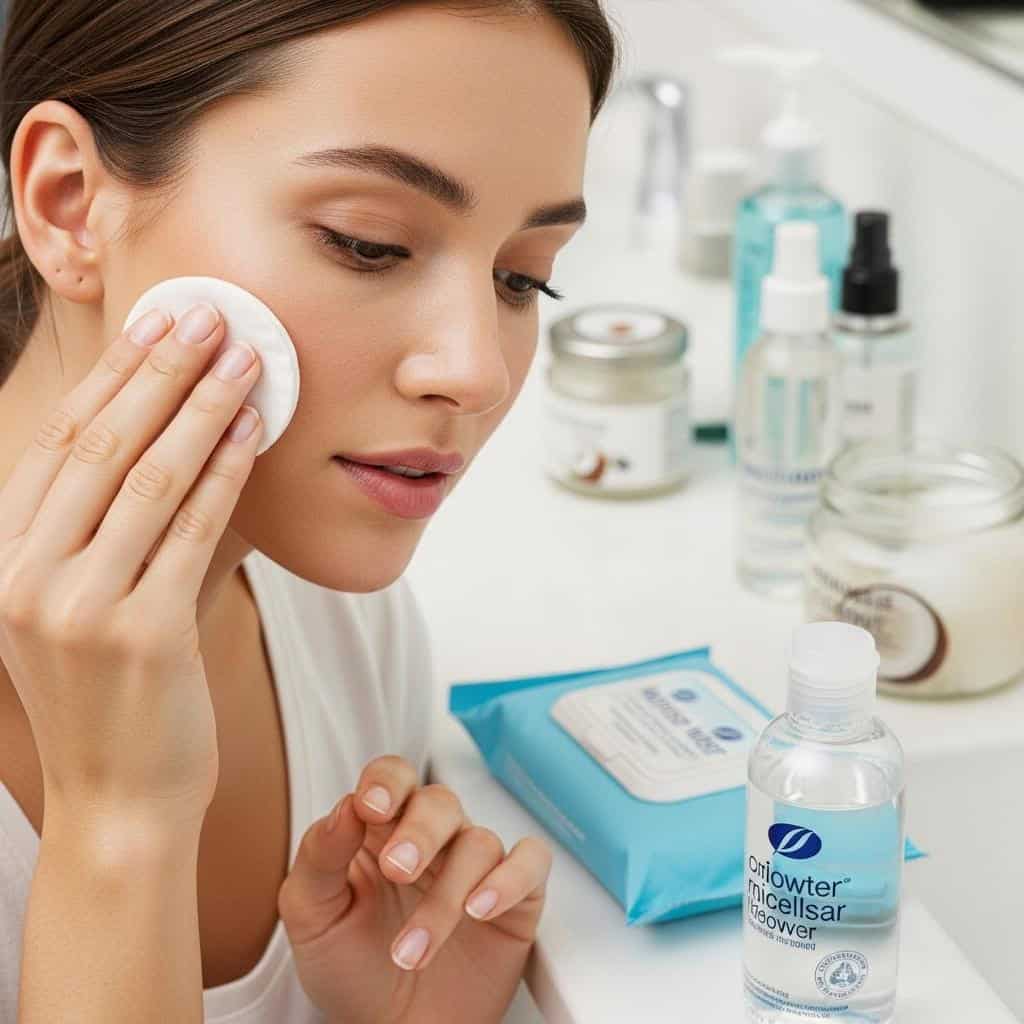
It’s a myth that only high-priced makeup removers can effectively cleanse your skin. Many affordable drugstore options, like micellar water and gentle cleansing wipes, remove even stubborn makeup without irritation. Simple household products such as fragrance-free baby oil or pure coconut oil can also break down makeup gently. The key is to choose a remover suited to your skin type and needs. According to the Mayo Clinic, budget-friendly and mild solutions can keep your skin clean and healthy without unnecessary expense.
Conclusion
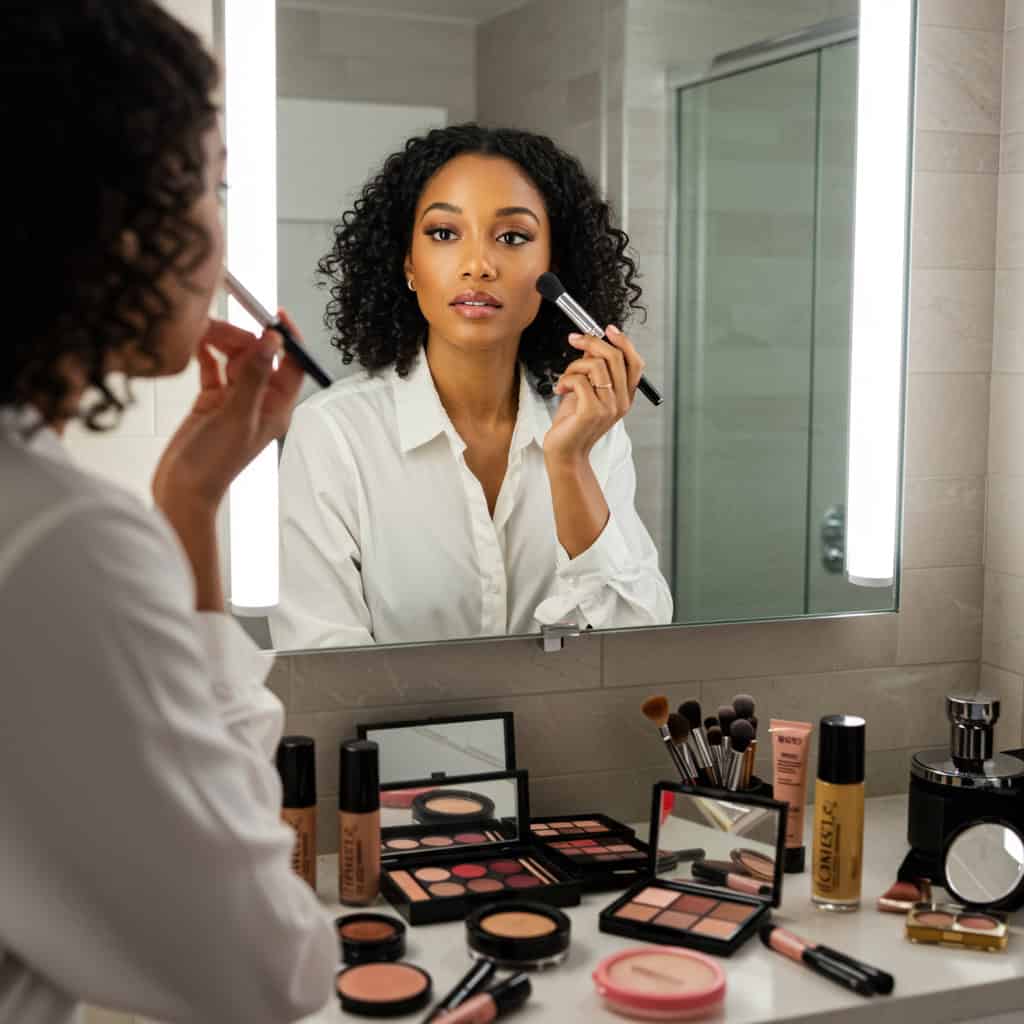
Questioning common beauty myths empowers you to make smarter, healthier choices in your makeup routine. By relying on evidence and expert advice, you can avoid unnecessary mistakes and boost your confidence in both product selection and application. Staying informed through reputable sources like Healthline and the American Academy of Dermatology ensures your beauty practices support your skin’s health and enhance your natural look. Keep learning, and let facts—not myths—guide your beauty journey.






